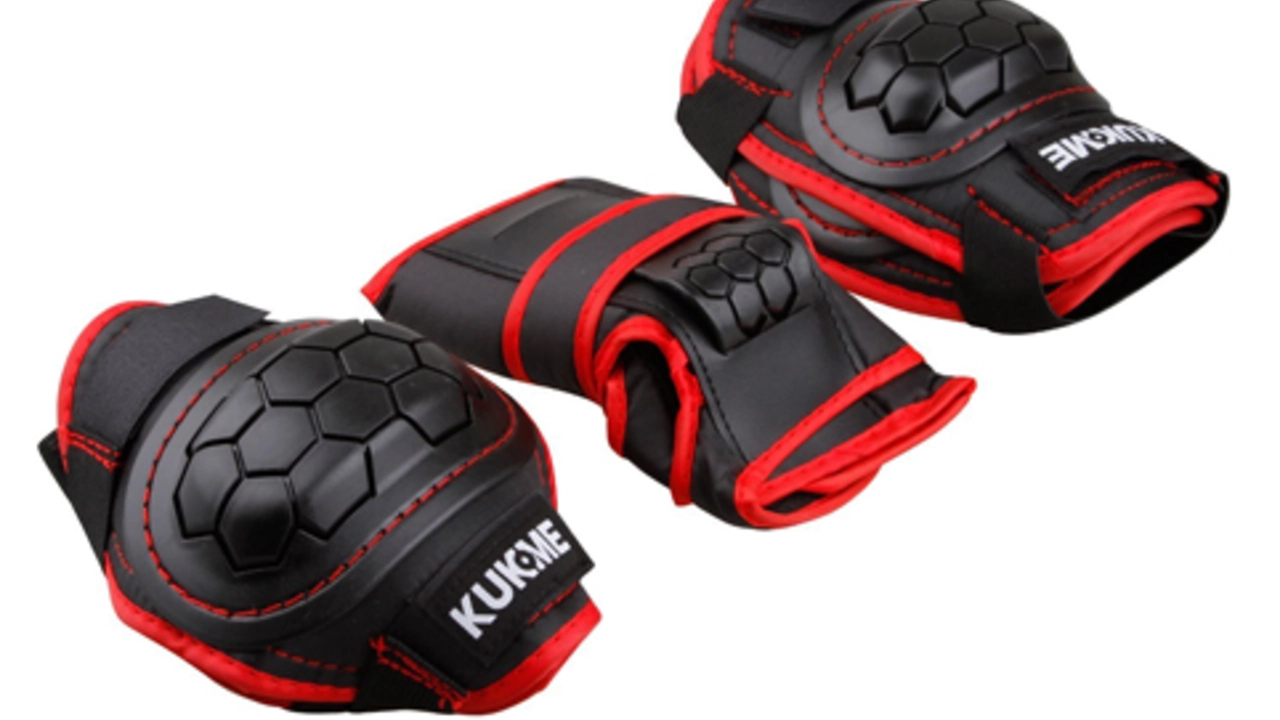The Protective Cup: A Necessity or Not?
As a soccer enthusiast, I've often found myself wondering whether professional footballers use protective gear, commonly known as a "cup", to protect their most sensitive regions while on the field. In a game as fiercely competitive as soccer, you would assume every measure is taken to ensure the safety of the players, right? The answer is slightly more complex and may surprise you.
Generally, soccer players do not wear cups. While it might seem like a dangerous oversight or an invitation to potential injuries, this is not entirely the case. The lack of protective gear is not due to an ignorance of the possible repercussions, but rather a calculated decision based on a host of factors from comfort to overall performance on the field. Intriguing, isn't it?
Why Soccer Players Choose Comfort Over Protection
It might be baffling to think that soccer players consciously choose not to wear protective gear. I mean, hardly a game goes by without someone taking a hit in their 'nether regions.' But before you gasp in disbelief, let me tell you why comfort is a crucial factor here. The protective cup restricts movement, is somewhat uncomfortable to wear, and can chafe against the skin, causing irritation.
These seemingly negligible distractions could lead to decreased performance on the field. Imagine a striker missing a golden opportunity to score because his cup was chaffing against his thigh, or a goalkeeper failing to make a save due to the restrictive movement caused by the protective gear. From this perspective, it does make sense why most soccer players would opt for comfort.
Soccer vs. Other Sports: The Cup Conundrum
Now, you may be questioning why athletes in other sports wear cups but soccer players don't. Good question! Sports like baseball, American football, and hockey mandate the use of protective gear due to the high risk of injury that stems from the nature of the sport.
In contrast, soccer is a more fluid sport with minimal interruptions, where maintaining agility, speed, and fluidity of motion is of paramount importance. Adding a protective cup to this mix could hinder these essential aspects, and thus many players prefer to ignore the possibility of injury for the sake of their performance.
Protective Gear: Not Completely Absent
While soccer players may not wear protective cups, this doesn't mean they are on the field completely unprotected. Soccer is a contact sport after all. Knee and ankle guards, shin pads, and specialty gloves for goalkeepers are regular features in a player's gear. Despite the glaring lack of cups, soccer still takes player protection seriously.
Furthermore, advancements in sports technology have given rise to compression shorts with pouches to hold cups. These are more comfortable and less restrictive than traditional cups but still provide a satisfactory level of protection. Consequently, younger players are often encouraged to use these as a safe and comfortable alternative.
The Influence of Culture
Interestingly, the decision to wear a cup can also boil down to cultural differences. North American athletes, for example, are more inclined to use protective cups in sports, as it's ingrained in the sport's culture from a young age. European and South American athletes, however, rarely use cups, except for those in high-risk positions like goalkeepers.
Except from the one time in a college game when our goalkeeper took a powerful shot straight to his groin and had to be taken off the field, most players rarely face injuries severe enough to seriously consider wearing a cup. Sure, the incident was as painful as it sounds! But that's generally the exception, not the rule. Moreover, the development of sliding pants with built-in shin guard holders and light padding in key areas is another example of how soccer gear is constantly evolving to balance comfort and safety.
The Final Verdict: To Cup or Not to Cup?
The decision to wear a cup often boils down to personal preference. There's no firm answer to whether all soccer players should wear cups. Statistically, the risk of severe groin injury is quite low in comparison to other common football injuries such as hamstring pulls or ankle sprains. Some players have tried cups and not liked them, while others wear them religiously.
So, if you're an aspiring soccer player wondering whether to wear a cup, consider your comfort, the role you play on the field, and how at risk you feel without one. The beautiful game of soccer is mesmerizing in its fluidity and dynamism, and while it may seem daunting at first, understanding the basics can go a long way in shaping your journey. So, to cup or not to cup? You decide.
